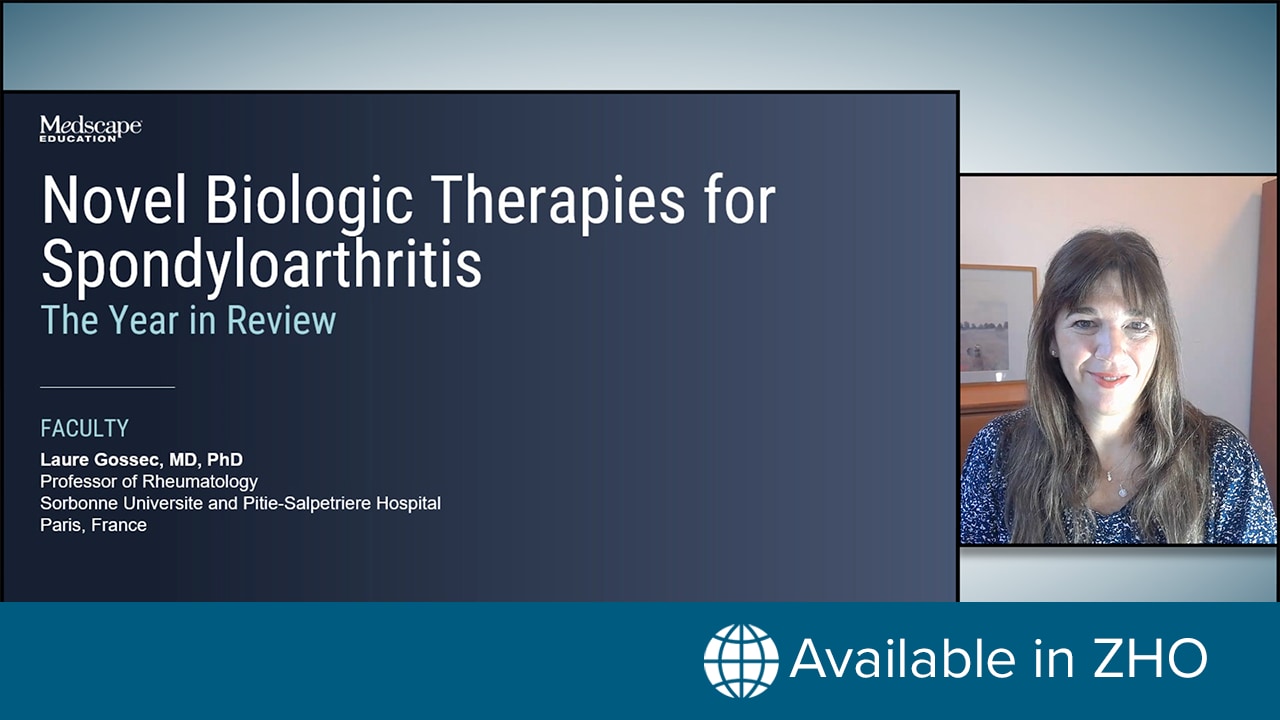Limitations of Nanobiotechnology-Based Drug Delivery Across the BBB
The in vivo application of NP-based platforms in brain tumors is limited by insufficient accumulation and retention within tumors due to restricted specificity for the target, and an inability to traverse the BBB. NP–drug conjugates may be captured by the reticuloendothelial system and sequestered. If the size of a nanocarrier exceeds 100 nm, passage into the brain extracellular space is restricted because the width of this space in the healthy brain is 38–64 nm.[33]
Knowledge of receptors that are unique to an organ or a lesion is still restricted and targeted delivery after systemic administration may be limited. For example, known receptors are not exclusive to the brain tumor but are present in other organs and may divert the drug administered by intravenous injection elsewhere. Although targeted delivery by nanocarriers can increase the amount of a drug delivered to the brain, it is still a small percentage of the total administered systemically, whereas the bulk of it is distributed to other organs.
Nanocarriers for targeted delivery of drugs into the CNS have been studied in diseased brains, particularly in the presence of brain tumors. Because of the variations in the involvement of the BBB in various diseases, such as brain tumors, it is uncertain whether results from such studies can be translated into clinical applications for treatment of patients with other brain disorders.[34] Similarly, because of species differences, results of experimental animal studies may not be translatable into clinical practice in humans.
NPs vary regarding their fate and may be trapped in the terminal circulatory system of the brain. However, the available data is inadequate regarding the fate of the biodegradable polymer NPs.
Potential Neurotoxicity of NPs
There is little information available on the health impacts of very small, nano-engineered particles under 20 nm as they are excreted from the body following introduction into the circulation. The main concern relates to particles smaller than 50 nm, which survive in the circulation and may enter healthy cells that they are not targeted to. There are still many unanswered questions about the fate of NPs in the living body. Because of the wide ranging sizes of NPs and the diversity of materials used, some of which may be nontoxic, these effects will vary greatly. PEG coating of NPs with potential toxicity can prevent interaction with body tissues and is used safely in several pharmaceutical preparations of NPs with potential toxicity can prevent interaction with body tissues. Some nanomaterials, such as ceria NPs and water-soluble derivatives of buckminsterfullerene C60, are a unique class of NP compounds with potent antioxidant properties placing them in the category of neuroprotective agents.[35]
At this stage, no categorical statement can be made on the safety of NPs (i.e., one cannot say that NPs are entirely safe or that they are dangerous). Further investigations are needed. A particular concern about NPs is their neurotoxicity although no conclusive data is available.[36]
Nanomedicine. 2012;7(8):1225-1233. © 2012 Future Medicine Ltd.









